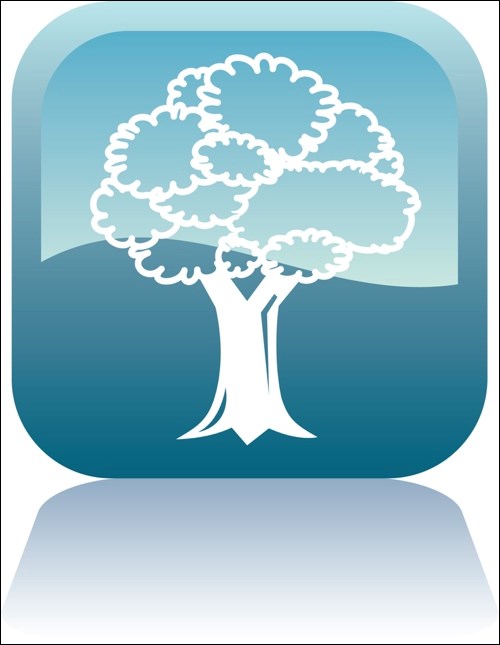Trees are an important part of our urban environment. Healthy trees supply valuable economic, human health benefits and also generate an increase to property value. It takes many years to grow a mature tree and maintaining the tree health is extremely important and worthwhile.
Pruning is an essential component to keep your trees healthy and can help prolong its lifespan if done properly. Pruning is the act of removing dead, diseased or undesirable limbs. The objective of pruning is to produce strong, healthy, attractive trees. Before pruning a tree you need to understand why, when and how to prune.
Avoid tree service companies that recommend “topping” to control tree height and safety. Topping, the practice of removing large branches and tops of trees, has become one of the urban forest's major threats. It dramatically shortens the lifespan of trees and creates hazardous trees rather than eliminating them. This type of cutting results in unsightly weak re-growth that becomes more vulnerable to insects and disease such as Dutch elm disease . The large open wounds also can attract invasion of rotting organisms. A topped tree is more likely to break or uproot in a storm than a healthy tree.
For this reason, it is recommended to hire a professional arborist who is qualified and experienced in pruning. Arborists should be certified and belong to a professional organization such as the International Society of Arboriculture. This will insure that the person you have hired has met specific eligibility requirements. ISA certified arborists are also required to take continuing education to recertify every few years. Always check references and try to check out trees that have been pruned previously by the person you are hiring.
We need to take care of our trees so they can be appreciated by future generations. It takes a long time to grow a mature tree in our harsh environment and improper pruning can quickly put a tree into rapid decline. A loss of trees is not just an esthetic loss but has real economic, health and safety impacts.
For more information on pruning, certified ISA arborists and DED visit either http://www.isaprairie.com/ or www.stopded.org.

.png;w=120;h=80;mode=crop)

.png;w=120;h=80;mode=crop)
